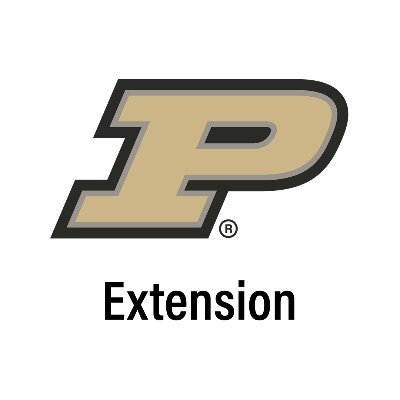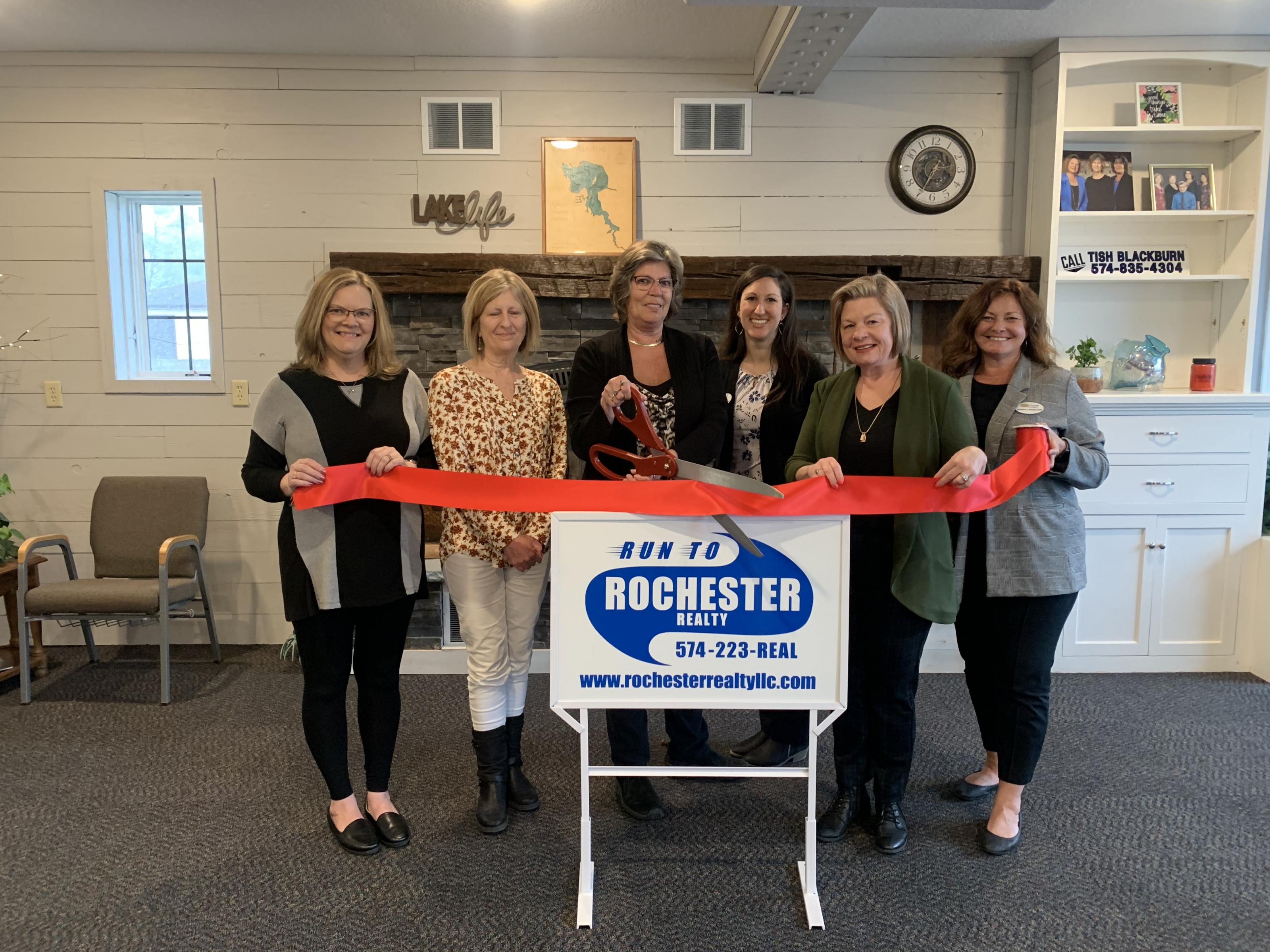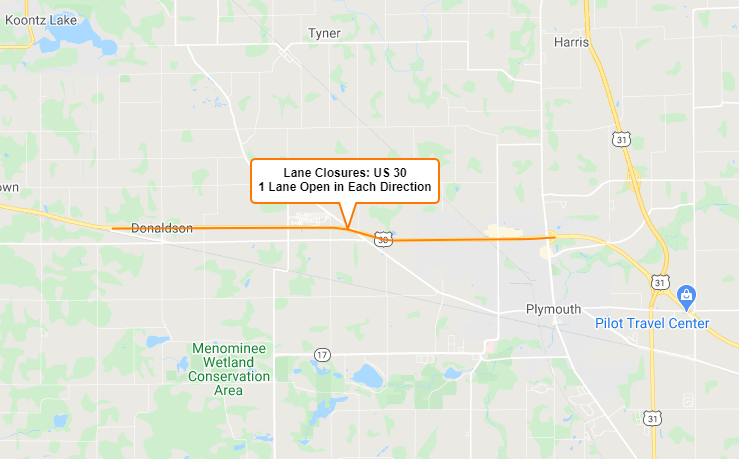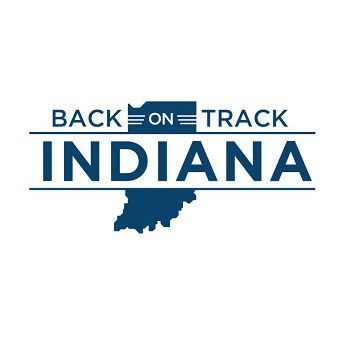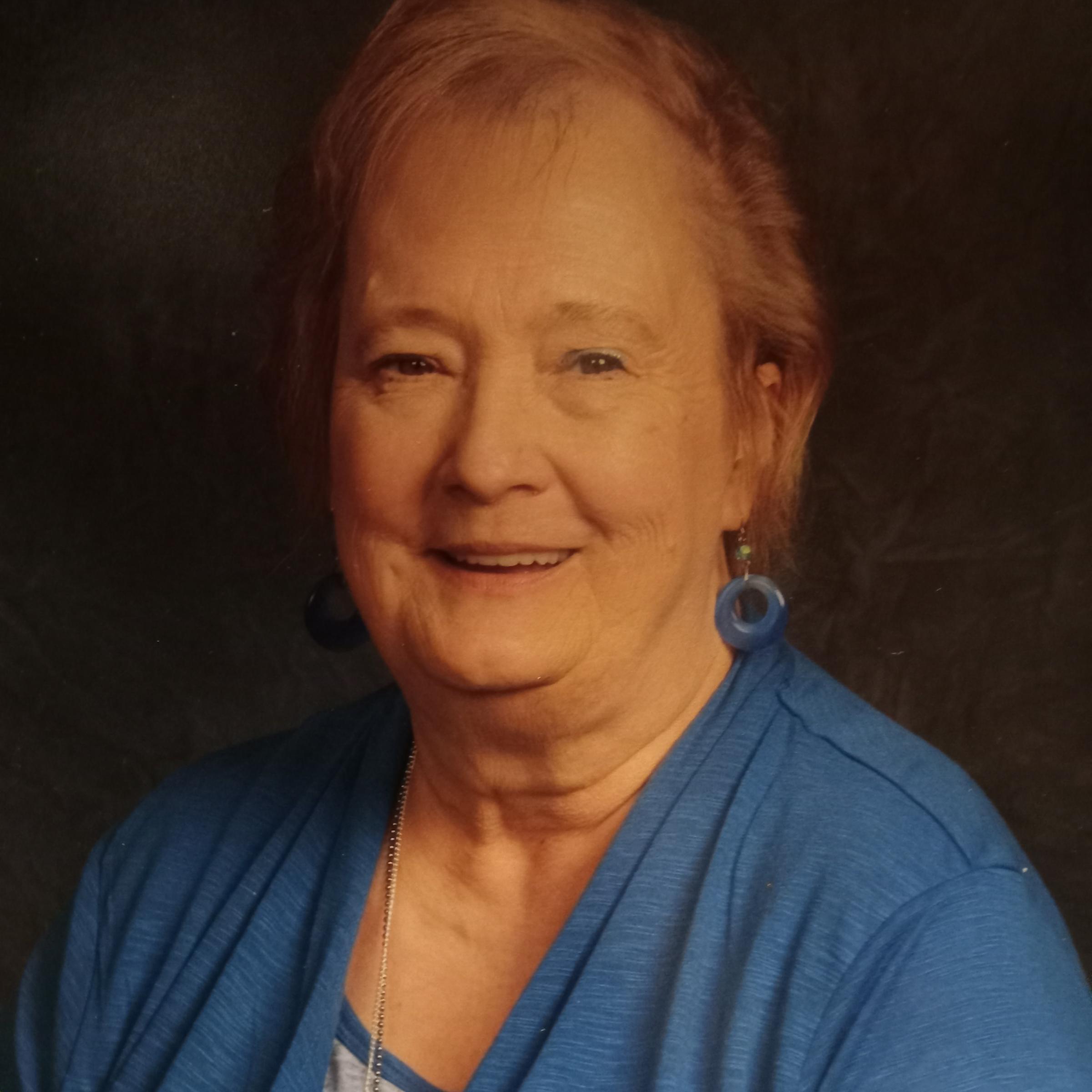Brood X cicadas will begin to emerge within the next few weeks.
Remain calm. This fascinating phenomenon is normal. And even though cicadas look gruesome, will be loud and plentiful, and can damage some young trees, they are essentially harmless.
Currently, there are 12 different broods of 17-year periodical cicadas consisting of three different species. Each brood is designated by a Roman numeral. This is the year of Brood X. Brood X covers 15 states. Indiana is also home to two annual cicada species that emerge May through August and peak in July.
Brood X nymphs will emerge when the soil temperatures about 8 inches underground reach 65 degrees. A warm rain will often proceed large-scale emergence.
“It’s thought that by emerging in such large numbers, they overwhelm would-be predators to ensure that enough of them will live long enough to reproduce and perpetuate the brood,” said Megan Abraham, director of the DNR Division of Entomology & Plant Pathology.
Male cicadas make the noise most often associated with cicadas by using a special organ called a tymbal. The purpose of the large choruses you hear is to attract females.
While cicadas can damage smaller-diameter branches of many species of trees and shrubs, treatment is not warranted in most cases. If you have a small number of newly planted trees, they can be protected by covering them with netting. More information is at https://extension.entm.purdue.edu/publications/E-47/E-47.html.
You can be a citizen scientist and report cicada emergence by downloading “Cicada Safari” on your mobile device.
With the Brood X emergence, you will eventually cicada killer wasps, which are 2-inch-long predators of cicadas. Like their scary-looking and loud prey, these beastly looking winged creatures are nothing to be alarmed about, despite their horror-movie looks.
Some people may warn you, particularly via social media, that these large wasps are murder hornets, the large insects that showed up on the northwest coast last summer. They’re not. Because of climate differences, there is little chance of murder hornets surviving in Indiana or anywhere near the Hoosier state.
“They also don’t have the ability to get here, to our knowledge,” Abraham said.
Cicada killers attack cicadas in mid-air and use their massive, strong stingers to penetrate their shell. Once stung, their prey is paralyzed, jetted back to the nest, and eaten by the cicada killer’s offspring grub. Sometimes called cicada hawks, cicada killers are here every year.
“Once their prey disappear, so will the cicada killers,” Abraham said. “That will likely be early fall.”
Cicada killers nest in the ground by burrowing up to 20 inches below the surface. As they dig their nests, they kick up dirt, which you may see at their nest openings.
Because cicada killers live in the ground, watch where you step. Avoid signs of nests. If you step on a cicada killer, if you are not wearing shoes, you will likely get stung on the foot. And if you step near a nest and disturb its resident, you could get stung elsewhere.
Avoiding cicada killers should be relatively easy because of their size and the tell-tale clues of nest location. If you get stung, treat it as you would any other sting from a bee or wasp.
More information on cicadas is at on.IN.gov/cicadas.


